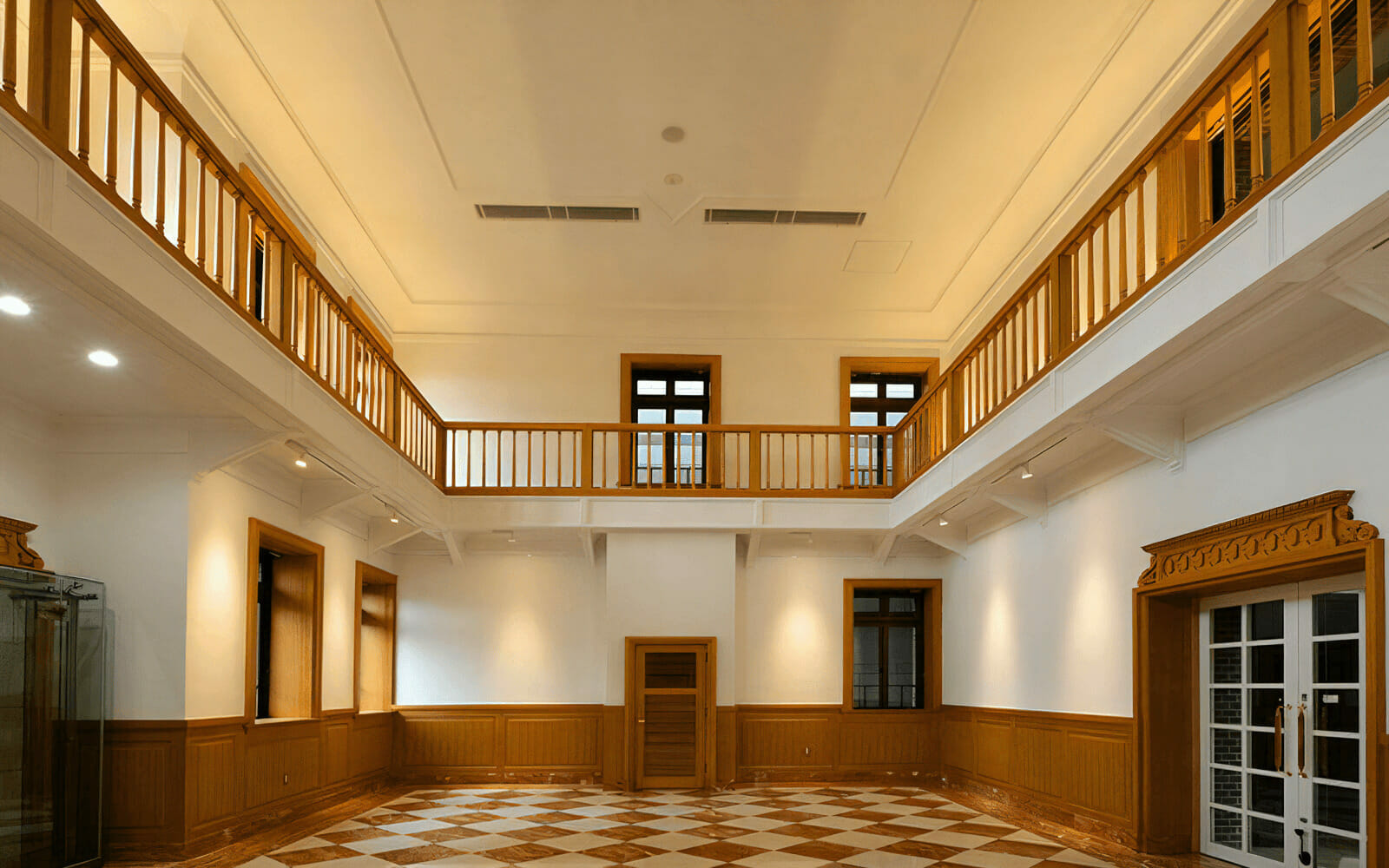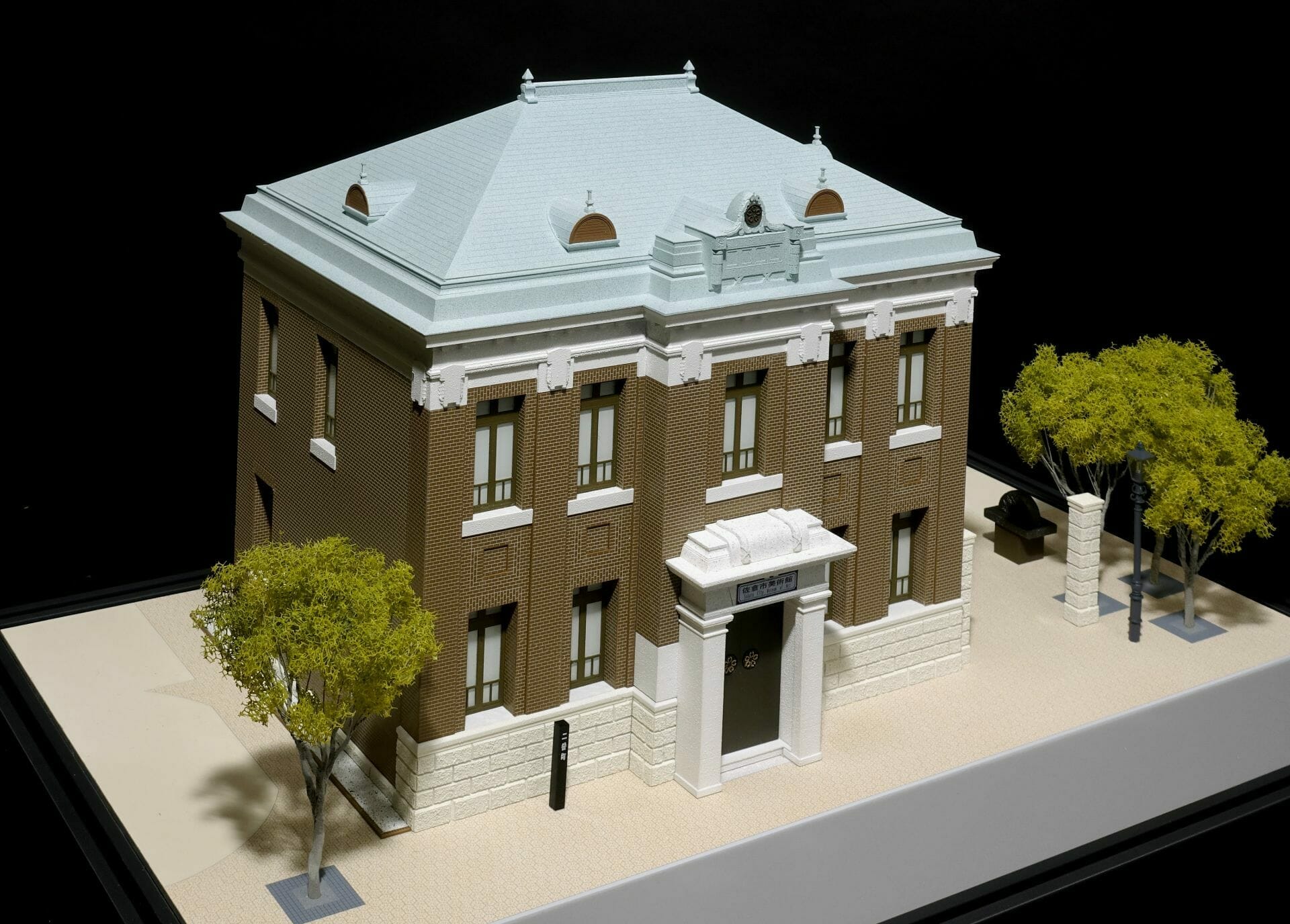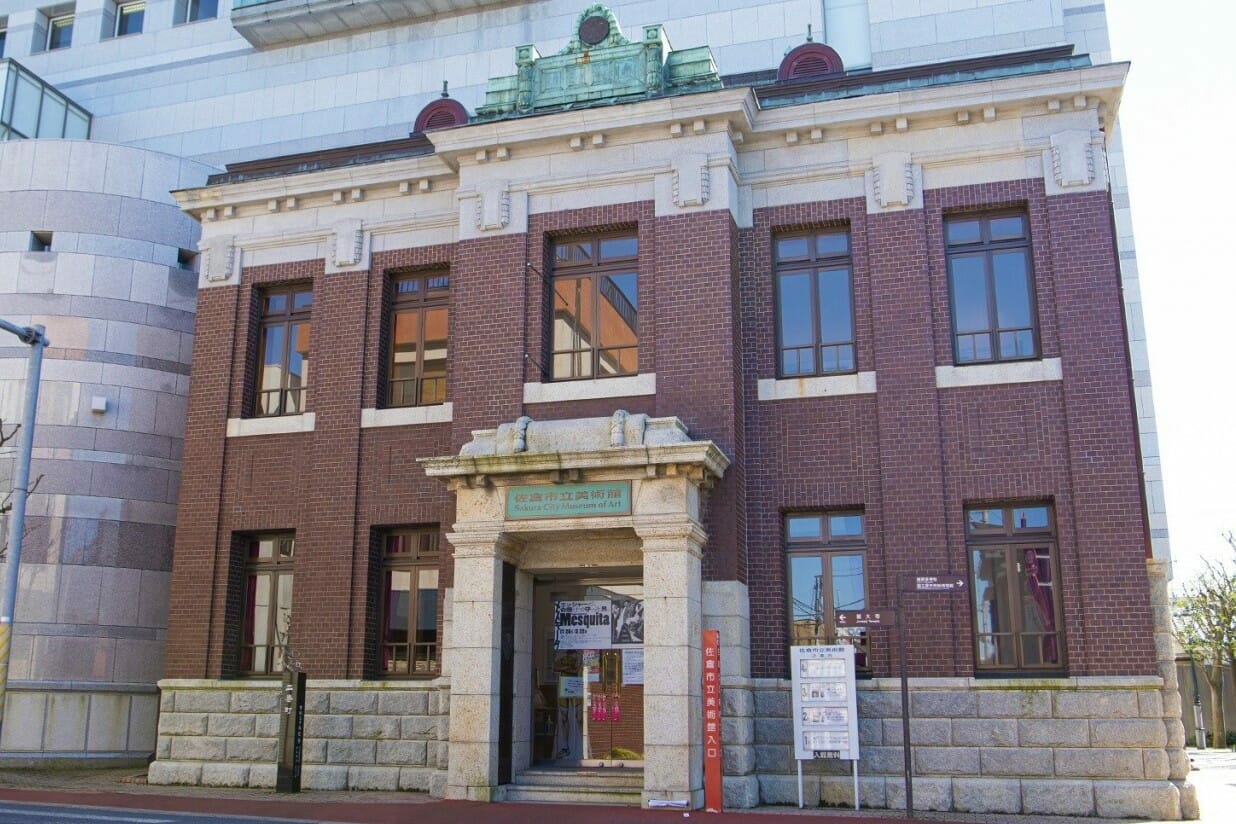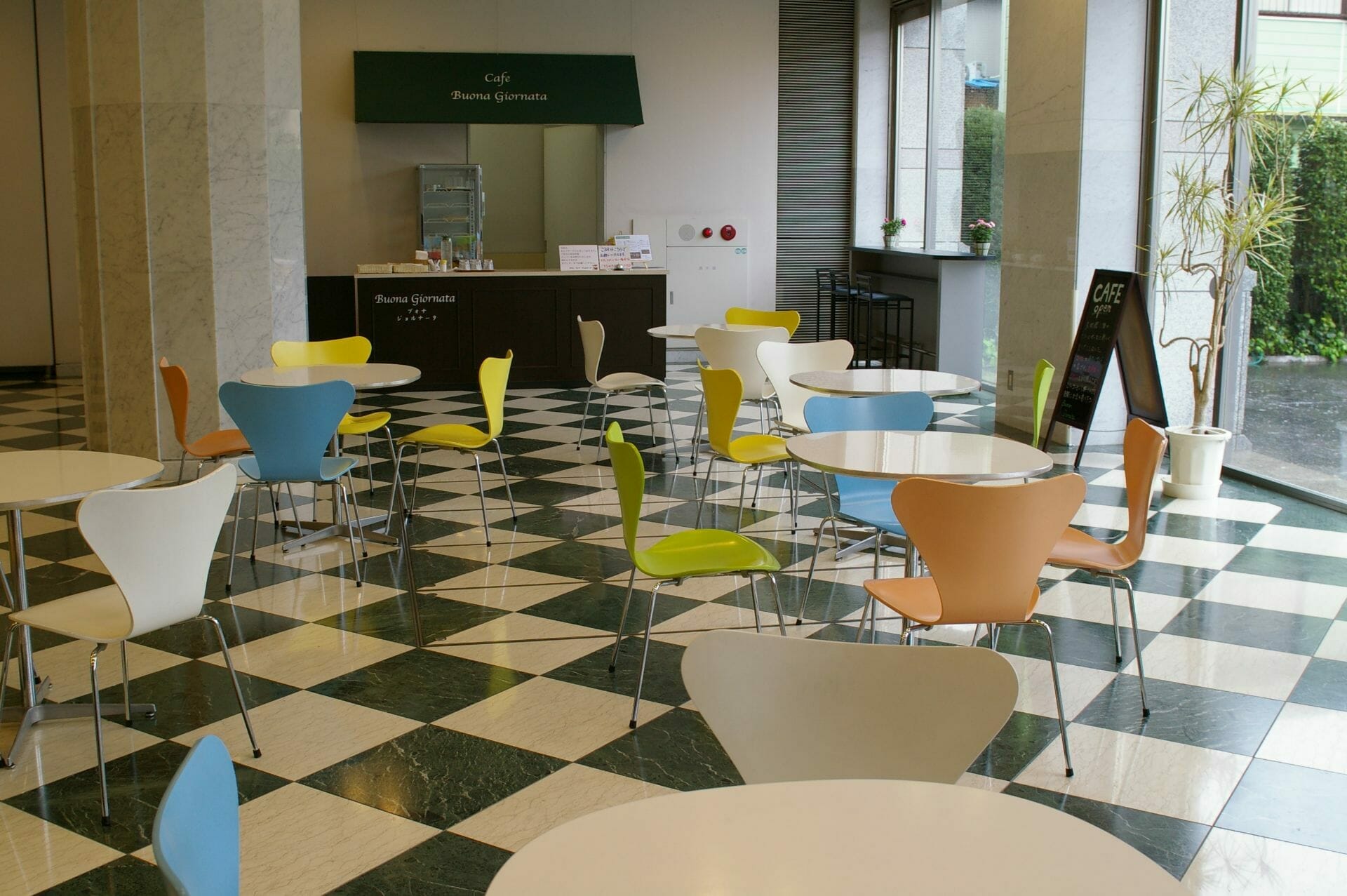
Things to Do | Visit Chiba | Latest update:2024/03/15
Sakura City is well known for its warrior past, being the former headquarters of the Sakura clan of samurai, an important arm of the Shogunate in the nearby capital of Edo. You can still see estates where the samurai lived and trained, and the Hiyodori-zaka “Old Samurai Road” through a beautiful bamboo forest is an iconic spot as well. However, Sakura’s warrior past is not its only claim to fame. After the end of the Shogunate rule and the shift to the Meiji period in the mid 1800’s, Sakura City became a fruitful area for art and architecture, heavily influenced by European styles. A famous architect from Sakura stands out among others, Matakichi Yabe, and he is known for designing the impressive entrance hall to the Sakura City Museum of Art.
Here you’ll see regular exhibits featuring artists with some connection to Sakura City. Many of the artists that emerged in the beginning of the Meiji period had a keen interest in Dutch culture, as this was some of the most prevalent European influence leading up to the Meiji Period, not limited to just art, but also medicine and sciences. Yabe however studied abroad in Germany to pursue his interest in architecture, and his building accomplishments can still be seen in Chiba in two different places; Central Chiba and here in Sakura City.

Originally built as a bank during the modernization of Sakura City, the building was also used as the city hall of Sakura, and a library until the 1990’s. With renovations to keep it sturdy, the building has been immaculately preserved outside, and the inside has been refurbished to appear exactly as it did upon construction. The design of the entrance hall to the museum is easily recognizable by its impressive use of bricks, and bronze relief on the roof. It almost seems out of place, as it’s not your typical Japanese design, but it’s a living symbol of the important influence that foreign culture had on Japan in the 1800’s. It’s connected to the museum just behind it, but is also a stand-alone marvel of architecture.

The inside has two levels, the top level being open with wooden railing around the perimeter, letting you look down onto the tile floor below. The wood finish all around makes it seem both luxurious yet austere, emanating the atmosphere of an important building of administration.

The idea behind the grand entrance hall is that you’ll be stepping “out of the ordinary” as you enter the museum. You’re stepping into a world of art, and much of it in a style that is not entirely traditional for Japan. One of the most notable artists from the early days of Japanese western-influenced art is Chuu Asai, and his style is a good reference point for the kind of art you’ll find here. The museum also has a cafe with many Belgian sweets and beer. The cafe is popular enough that people come for that alone if there doesn’t happen to be an exhibit going on at the moment.

Come have a day in Sakura City to enjoy its varied past of both warriors and artists, giving you a glimpse into Japanese history before and after the pivotal shift to the Meiji period. The entrance hall at the Sakura City Museum of Art will put you into a new world of Japanese art, and also be a good starting point to explore the rest of the city, as you’ll have access to a lot of tourist information as well.
You can also learn more about things to see and do here in Sakura, like visiting an old samurai road and houses, by clicking the link below:
210 Shinmachi, Sakura City
(An 8-minute walk from Keisei Sakura Station's south exit, or a 20-minute walk from JR Sakura Station's north exit.)
+81-43-485-7851